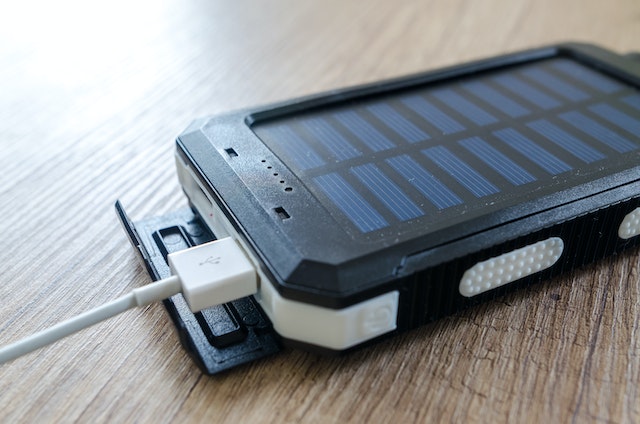In the ever-evolving world of technology, it’s easy to overlook the stalwart components that have been connecting devices for decades. The D-Sub connector, short for “D-subminiature,” is one such unsung hero. With its distinctive shape and durability, the D-Sub connector has played a crucial role in linking various electronic devices since its inception. In this blog, we’ll dive into the history, types, applications, and enduring relevance of the D sub connector.
A Brief History
The D-Sub connector’s origins date back to the 1950s when the Amp Corporation introduced it as a means to connect early computers and peripherals. The name “D-Sub” comes from its D-shaped metal shield, which provides protection against electromagnetic interference (EMI) and physical damage. The connector family includes a range of sizes, with the most common being the 9-pin (DE-9), 15-pin (DA-15), and 25-pin (DB-25) variations.
Types of D-Sub Connectors
D-Sub connectors come in two main categories: male and female connectors. The male connectors have pins that protrude, while female connectors have receptacles to accept those pins. These connectors are further classified by the number of pins they contain and their respective sizes. The most common types are DE-9, DA-15, and DB-25, but you can find D-Sub connectors with various pin configurations, ranging from 9 to over 50 pins. Additionally, they are available in both solder and crimp versions.
Applications
D-Sub connectors have proven their worth in a multitude of applications due to their reliability and versatility:
- Computers and Peripherals: D-Sub connectors were originally designed to connect early computer components like monitors, keyboards, and printers. Even though modern computers rely more on USB and HDMI, D-Sub connectors are still used in some legacy systems and industrial settings.
- Communication Equipment: Many telecommunication devices, such as modems and network switches, utilize D-Sub connectors for serial communication.
- Industrial Control Systems: In industrial environments, D-Sub connectors play a critical role in connecting various control systems and sensors due to their robustness and resistance to interference.
- Audio/Video: While HDMI and DisplayPort are the standards for high-definition video and audio, D-Sub connectors (VGA) are still found in some projectors, older monitors, and legacy audio equipment.
- Automotive: D-Sub connectors are used in the automotive industry for connecting sensors, diagnostic tools, and other electronic components.
- Military and Aerospace: The ruggedness and EMI protection offered by D-Sub connectors make them suitable for military and aerospace applications, including avionics and radar systems.
Enduring Relevance
One might wonder why D-Sub connectors are still in use, given the proliferation of more advanced alternatives. The answer lies in their reliability, affordability, and resistance to harsh environmental conditions. Their robust design and EMI shielding make them a preferred choice in industrial, military, and aerospace applications, where reliability is paramount. Moreover, D-Sub connectors continue to be manufactured and improved upon, ensuring their continued relevance.
Future Developments
As technology evolves, the D-Sub connector has also evolved to meet new requirements. While their use in consumer electronics may be on the decline, they are still widely used in industrial automation, telecommunications, and specialized fields. Manufacturers continue to develop hybrid connectors that combine D-Sub with newer technologies to bridge the gap between legacy systems and modern equipment.
